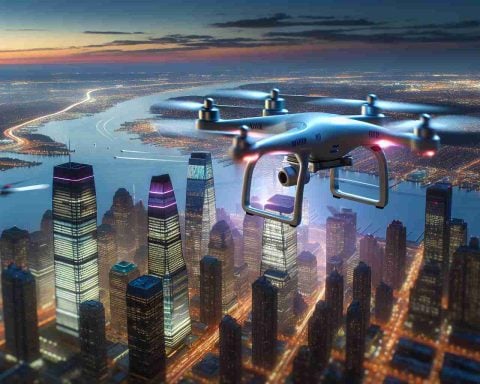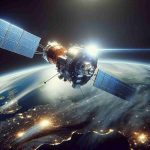Unveiling the Cosmos with Machine Learning
Astronomy is about to enter a groundbreaking phase, largely thanks to machine learning. As telescopes like the Vera C Rubin Observatory prepare to operate, they will generate an astonishing 20 terabytes of data nightly. This information overload will be impossible for human astronomers to analyze without technological assistance.
The Rubin Observatory will capture stunning images of the night sky every three days for a decade, resulting in a staggering 500 petabytes of data. By identifying subtle changes in these images, the observatory aims to revolutionize our understanding of the cosmos, from asteroids to supernovae.
Nightly analyses will alert astronomers to over 10 million changes, helping to uncover intriguing astronomical phenomena. The insights from machine learning will guide researchers on where to focus their observations, potentially revealing new types of variable stars or even the elusive dark matter that pervades the universe.
Large-scale projects like the Extremely Large Telescope and the Square Kilometre Array are set to open new avenues for exploration. These advancements may help identify biosignatures—indicators of life—on distant planets, making the hunt for extraterrestrial life more exciting than ever.
The quest to decode the mysteries of the universe continues to inspire curiosity and wonder. Are you ready to join in this celestial adventure?
Machine Learning: The Future of Astronomy Unlocked
## Unveiling the Cosmos with Machine Learning
The intersection of machine learning and astronomy is paving a new frontier in the exploration of our universe. As we stand on the brink of major innovations, tools like the Vera C Rubin Observatory will dramatically transform our understanding of celestial phenomena.
The Data Revolution
With the capability to produce an incredible 20 terabytes of data per night, the Vera C Rubin Observatory is set to change the landscape of astronomical research. Over a decade, this will accumulate to 500 petabytes of data. The challenge lies not only in the sheer volume of data but also in efficiently sifting through it to derive meaningful insights.
Machine Learning in Action
Machine learning algorithms will play a crucial role in this massive undertaking. By analyzing high-frequency observations, these algorithms will detect and catalog over 10 million changes nightly in the night sky. This capacity will not only enhance our understanding of transient events like supernovae but could also lead to the identification of new types of variable stars and other cosmic phenomena.
Large-Scale Projects and Their Implications
Beyond the Rubin Observatory, projects like the Extremely Large Telescope and the Square Kilometre Array are set to complement these efforts. These initiatives promise to augment the capabilities of machine learning in space research, making it feasible to analyze vast datasets to identify biosignatures on exoplanets. This could revolutionize the search for extraterrestrial life.
Pros and Cons of Machine Learning in Astronomy
# Pros:
– Efficiency: Automates data analysis, reducing the workload on human astronomers.
– Speed: Rapid identification of astronomical events, allowing for timely observations.
– Depth: Capable of discovering subtle changes that might go unnoticed by the human eye.
# Cons:
– Dependence on Technology: Risks of over-reliance on algorithms for critical discoveries.
– Interpretation Challenges: AI might misinterpret data, leading to incorrect conclusions without human oversight.
– Data Privacy and Ethics: Raised questions regarding data handling and security in large-scale astronomy projects.
Trends in Astronomical Research
The trend towards integrating machine learning into astronomy is expected to continue growing. As technology advances, machine learning will become more sophisticated, enabling deeper insights into cosmic events. The ability to process and analyze big data could potentially lead to predictions about the universe’s behavior, accelerating discovery rates in the field.
Innovations on the Horizon
Emerging innovations, such as neuro-simulations and more complex algorithms, will continually enhance our capacity to model and understand celestial phenomena. These technological advancements promise not only to answer existing questions but also to pose new ones, fostering an endless cycle of discovery.
Conclusion
The fusion of machine learning and astronomy heralds an exciting era for space exploration. As we harness the power of technology to decode the cosmos, the vast unknown becomes more accessible. Are you prepared to embark on this astronomical journey?
For more insights into the future of astronomy and technological innovations, visit NASA.



















